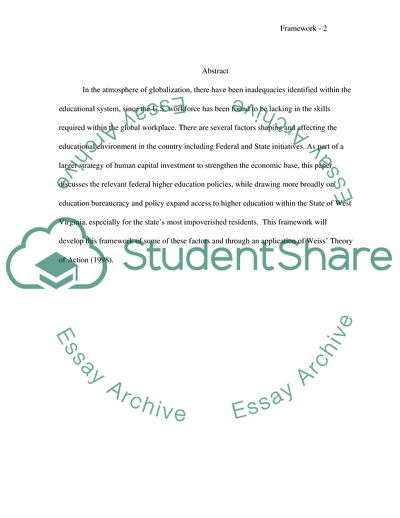Cite this document
(Federal Higher Education Policy Framework within West Virginia to Case Study, n.d.)
Federal Higher Education Policy Framework within West Virginia to Case Study. https://studentshare.org/education/1702835-federal-higher-education-policy-framework-within-west-virginia-to-expand-access-to-post-secondary-education
Federal Higher Education Policy Framework within West Virginia to Case Study. https://studentshare.org/education/1702835-federal-higher-education-policy-framework-within-west-virginia-to-expand-access-to-post-secondary-education
(Federal Higher Education Policy Framework Within West Virginia to Case Study)
Federal Higher Education Policy Framework Within West Virginia to Case Study. https://studentshare.org/education/1702835-federal-higher-education-policy-framework-within-west-virginia-to-expand-access-to-post-secondary-education.
Federal Higher Education Policy Framework Within West Virginia to Case Study. https://studentshare.org/education/1702835-federal-higher-education-policy-framework-within-west-virginia-to-expand-access-to-post-secondary-education.
“Federal Higher Education Policy Framework Within West Virginia to Case Study”. https://studentshare.org/education/1702835-federal-higher-education-policy-framework-within-west-virginia-to-expand-access-to-post-secondary-education.


